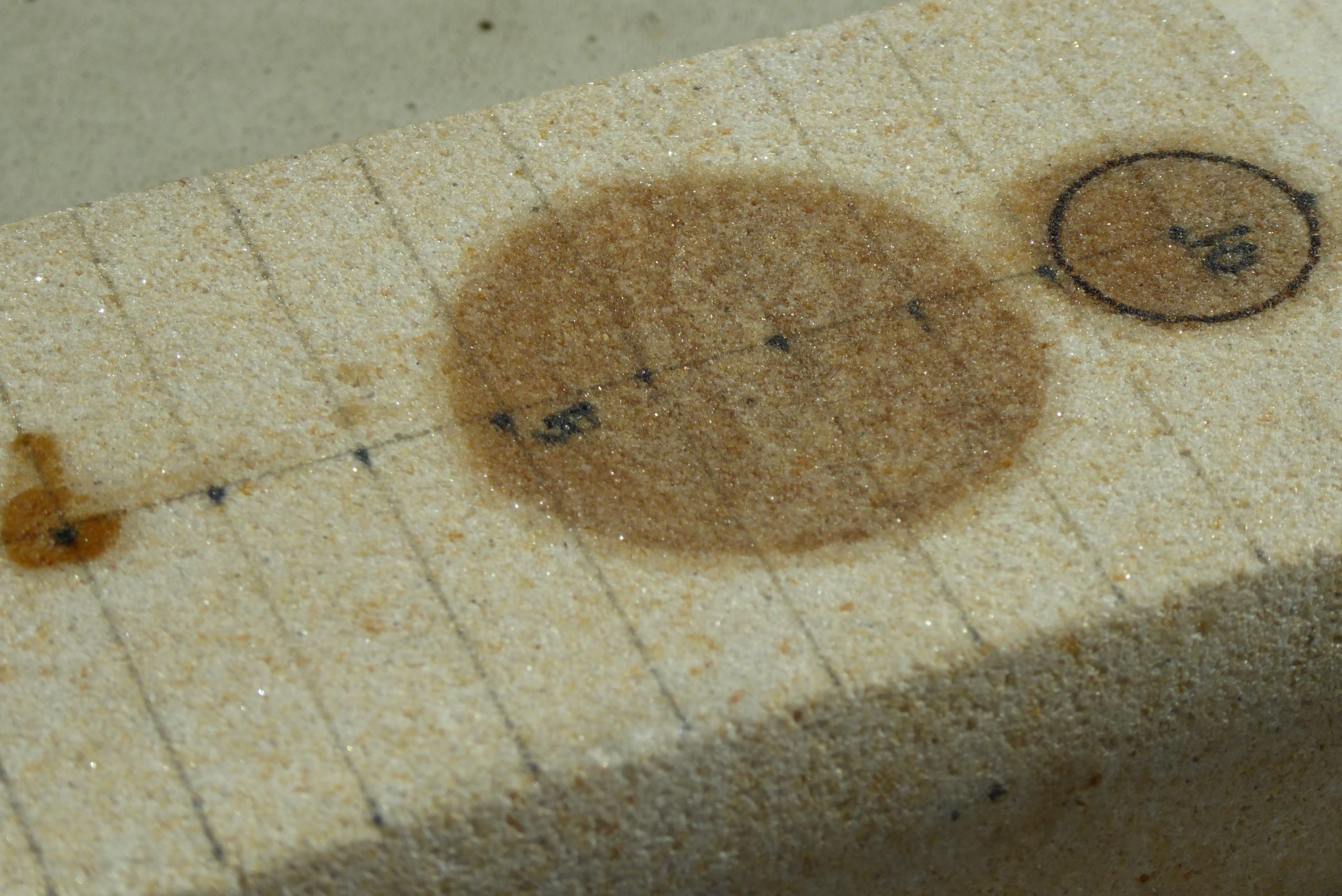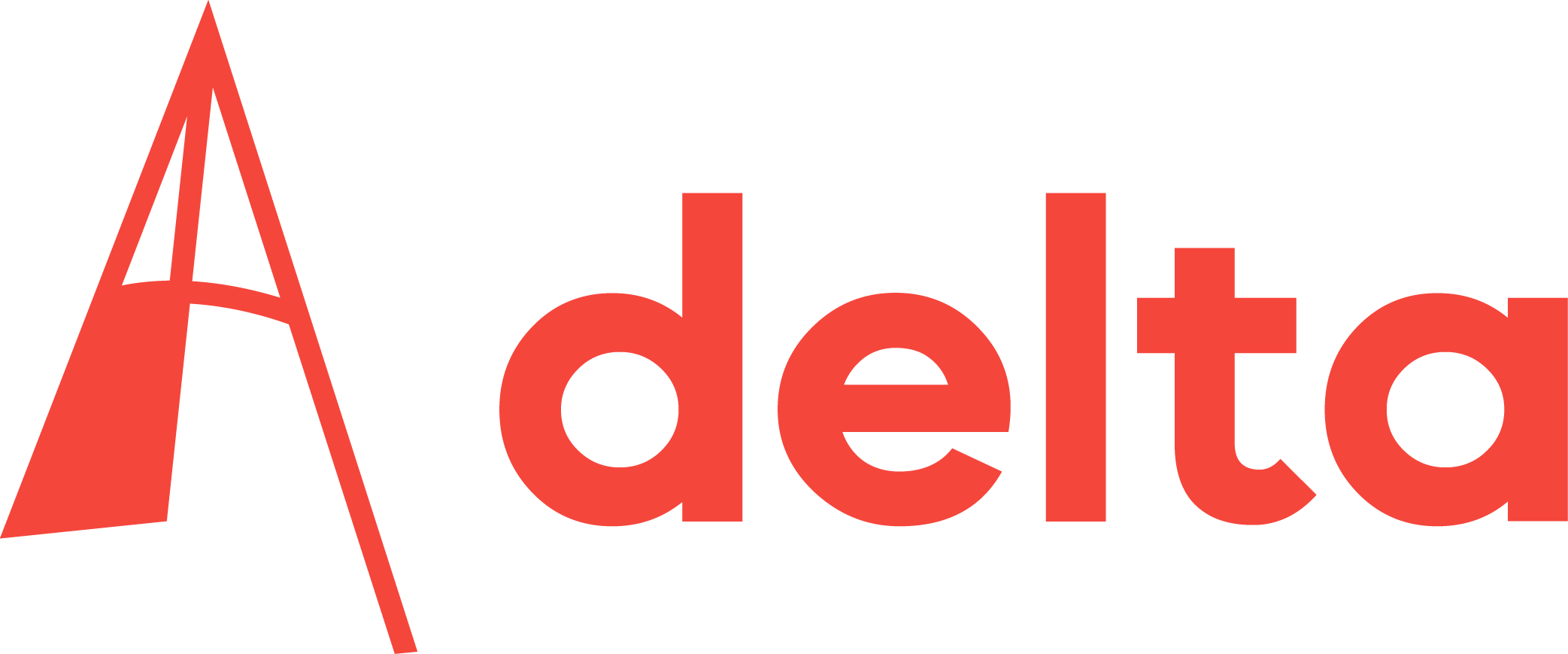A new technology can measure the CO2 saturation of porous rock in the lab. This technology may allow electric and acoustic sensors in boreholes to monitor underground CO2 storage.
CO2 capture and storage (CCS) is the cornerstone of the Dutch government’s climate policy. The government intends to reduce the national CO2 emissions by 50% by 2030 (from 197 to 84 million tonnes of CO2/year). This reduction is to be achieved by large-scale deployment of offshore wind energy, and by carbon capture and storage of 20 million tonnes of CO2 annually in emptied gas fields.
The government’s plans have been criticised because no pilot projects have been run, and the separation technology remains energy intensive and expensive. Hence, there is an urgent need for technological innovation.
One of these innovations may be based on the PhD research by Dr Alex Kirichek (Faculty of Civil Engineering and Geosciences), who developed a combined method of electric and acoustic monitoring of CO2 storage. “This technology can show whether the reservoir is saturated or if there is place for more storage,” explains his PhD supervisor Dr Ranajit Ghose.
Dr Alex Kirichek defended his PhD research on March 12th. Retracing his laboratory set-up and samples in the geoscience lab is challenging. His PhD supervisor, Dr Ranajit Ghose points to a cylinder with dozens of electrical leads and a piece of porous rock. He explains that a piece of reservoir rock covered with an impermeable epoxy coating, simulating caprock, was tested in a pressure and temperature controlled cylinder.
 Sample of reservoir rock (Photo: Jos Wassink)
Sample of reservoir rock (Photo: Jos Wassink)During the experiments, salt water (‘brine’) in the porous reservoir rock was repeatedly flushed out with CO2, and vice versa, over periods of hours. Geological processes take time. The CO2 density peaks in the supercritical state, which occurs at 80 bar and 35 degrees Celsius. As CO2 replaces the brine, both the electrical conductivity and the acoustic wave velocity decrease in the rock. When using an AC current as a probe, not only does the conductivity change with the salt water content, but also the phase.
Ghose explains that CO2 stored in an underground layer shows up in acoustic data due to the slower propagation of acoustic waves through gas-filled sandstone. That is known technology. But combining acoustics with high-frequency AC electrical monitoring, as developed by Dr Kirichek, can provide a measure of the CO2 saturation at a well, and thus for the remaining storage capacity of the reservoir.
Alex Kirichek, Electrokinetic and poroelastic characterization of porous media. Application to CO2 storage monitoring, Promotor Professor Kees Wapenaar and PhD supervisor Dr Ranajit Ghose (Faculty CEGS), March 12, 2018.
Do you have a question or comment about this article?
j.w.wassink@tudelft.nl


Comments are closed.